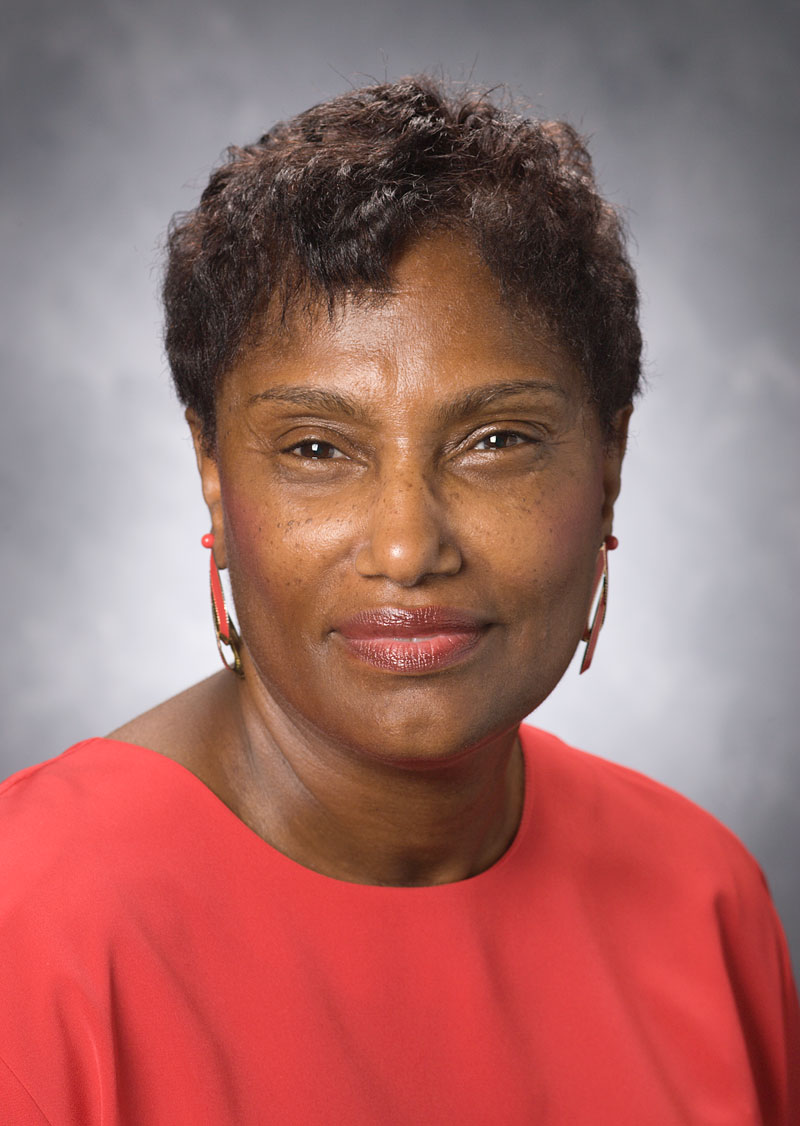A science textbook written by education professor Mary M. Atwater is being heralded as the inspiration and guide for a 14-year-old African boy’s quest to build a windmill that provided electricity to his family and village for the first time.
Eight years ago, William Kamkwamba’s country Malawi suffered one of its worst droughts. Thousands died. His family and others were surviving on one meal a day. The arid soil in his hometown of Masitala left his father, a farmer, without any income. Kamkwamba dropped out of school when his family couldn’t pay the tuition, but he spent his days at the library, where a book with photographs of windmills caught his eye.
That book, Using Energy, was Atwater’s eighth grade science textbook, first published in 1993. It was one of dozens donated to his village in Malawi by the McGraw-Hill International Book Donation Program, the International Book Bank and the American Institute for Research.
Inspired by the diagrams in the book and the book cover’s picture of windmills, Kamkwamba decided that he would bring electricity to his family’s home, a luxury only 2 percent of Malawians are able to afford.
Over the next six months, using experiments in Atwater’s book, he built a windmill out of a broken bicycle, tractor fan blade, old shock absorber, a pair of flip flops and the tower out of blue gum trees. The windmill generated enough electricity to power four light bulbs and two radios.
Subsequently, Kamkwamba moved on to work on projects to prevent malaria and provide clean water, solar power and lighting to his village.
In late 2006, a Malawian newspaper wrote about Kamkwamba and his windmills. In 2007, an award-winning, short documentary film titled, Moving Windmills, was produced by Tom Rielly and Ben Nabors and directed by Scott Thrift.
Kamkwamba, now 22, is a student at the African Leadership Academy, an elite South African school for young leaders. Donors pay for his education.
This month, his autobiography, The Boy Who Harnessed the Wind, co-written with former Associated Press correspondent Bryan Mealer, was released in the U.S.
Mealer and Kamkwamba have made appearances on several national programs including CNN, ABC’s Good Morning America and The Daily Show.
Atwater got a chance to meet Kamkwamba face-to-face on Oct. 13 at a reception hosted by the American Institute of Research and the International Book Bank in Washington, D.C.
Kamkwamba’s story is a testament to the impact of educational content and the power of knowledge, according to Peter Davis, president, McGraw-Hill Education. “By using the knowledge and information in Using Energy,
William’s journey clearly demonstrates the vital role that education, inventiveness and innovation can play in helping to raise standards of living and give hope to communities around the world.”
Atwater was inspired when she read Kamkwamba’s book.
“I found a fantastic story come to life about his vision and commitment to provide his family electricity with a windmill,” she said. “I became involved in the McGraw-Hill Science program many years ago because one of its major goals was to provide students with a dream of science and the science knowledge and skills to change the world around them. I am proud that I played a part in providing Mr. Kamkwamba the opportunity to see and use the book Using Energy.”








